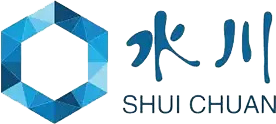In today's fast-paced and ever-evolving marketplace, the Dyestuff Industry stands as a critical pillar supporting various sectors, from textiles to plastics and beyond. As consumer preferences shift and environmental regulations tighten, businesses in this sector face both challenges and opportunities. Understanding the intricate dynamics of the dyestuff market is essential for companies aiming to innovate and adapt. This blog will delve into vital insights that can empower stakeholders to navigate this complex landscape effectively.
Moreover, as sustainability becomes a focal point for consumers and regulators alike, the Dyestuff Industry must evolve to meet these demands. By exploring emerging trends, innovative technologies, and best practices within the industry, we aim to equip businesses with the knowledge needed to not only survive but thrive. Join us as we unpack the essential insights that will help you stay competitive and sustainable in this vibrant sector.
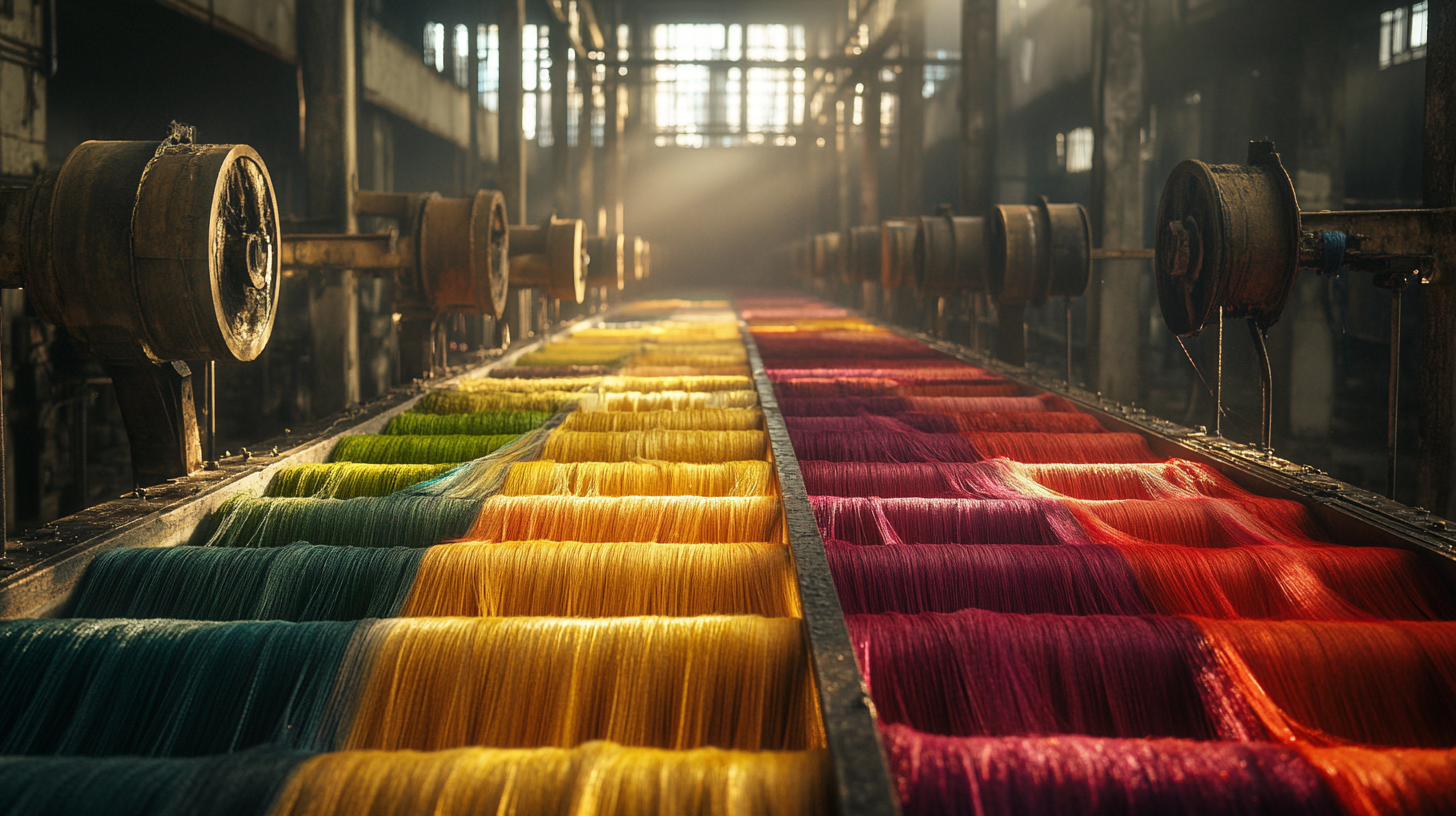
The dyestuff industry is currently navigating a dynamic landscape, underpinned by significant market trends that are shaping its future. As per recent insights, the Global Polyester Staple Fiber Market is projected to reach a remarkable USD 58.6 billion by 2033, driven by a robust compound annual growth rate (CAGR) of 7.7%. This growth is indicative of the increasing demand for polyester products across various sectors, especially in textile manufacturing and fashion. The shift towards sustainable practices is fueling this trend as manufacturers strive to meet eco-conscious consumer preferences. In parallel, the Fabric Dyeing Services Market is expected to experience robust growth from 2025 to 2032, driven by advancements in dye technologies and the growing emphasis on high-quality finishing processes. As brands innovate and offer more variety in their products, the demand for advanced dyeing techniques that ensure versatility and sustainability becomes imperative. Additionally, the Acid Dyes market is also witnessing a compelling growth trajectory, with expectations to reach USD 2.5 billion by 2032. This segment’s expansion is largely fueled by the increasing applications in various industries, including textiles and food. Another noteworthy trend is the rise of eco-friendly alternatives in the textile colorant sector. The shift towards organic and bio-based colorants reflects the industry’s commitment to environmental sustainability and aligns with consumer preferences for safer, more sustainable products. As these trends continue to unfold, stakeholders within the dyestuff industry must remain agile, adapting to consumer demands and leveraging new technologies to maintain competitive advantage in an evolving market.
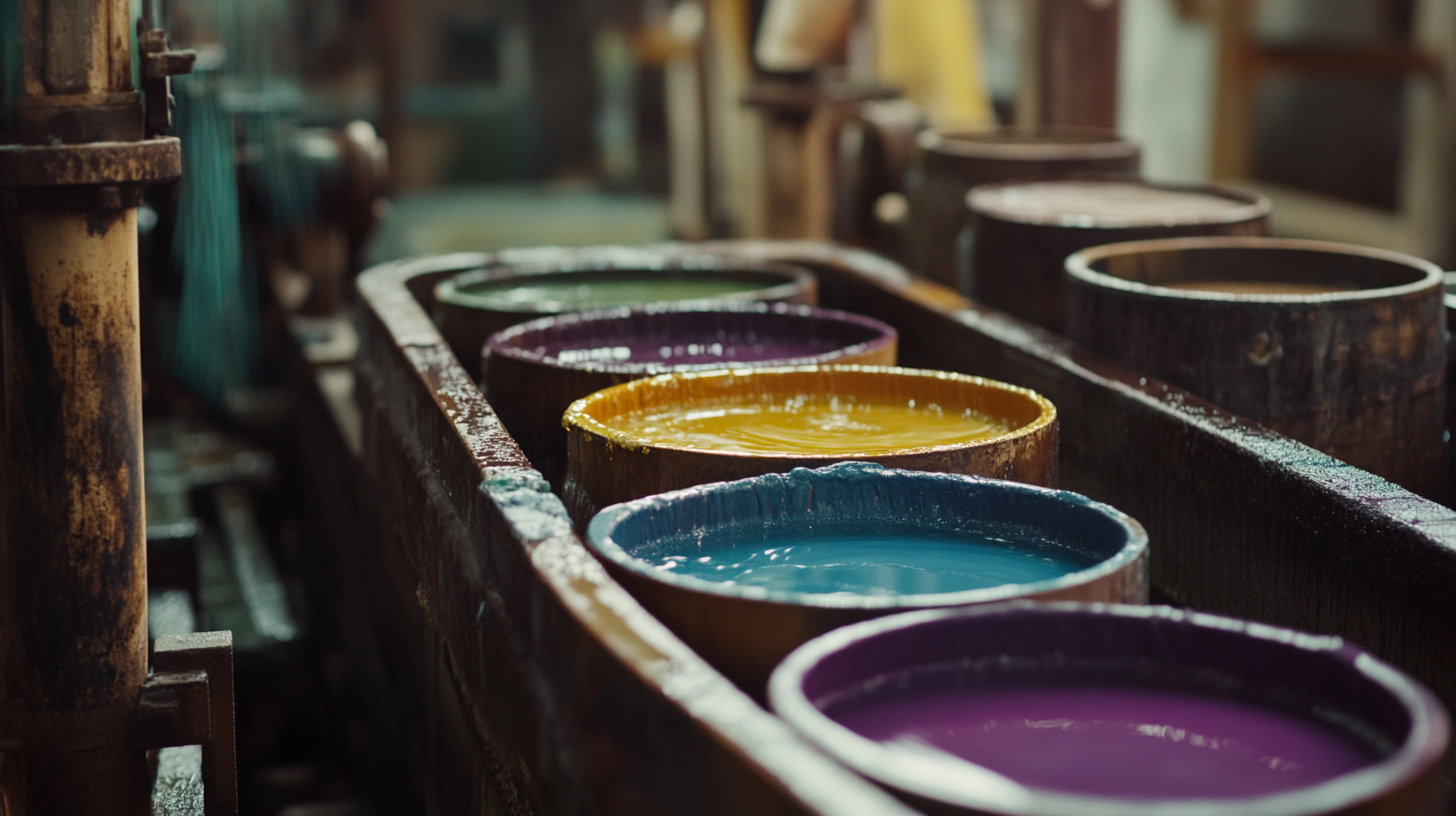
The dyestuff industry is undergoing a transformative phase, driven by innovative technologies that are reshaping production processes and sustainability practices. One of the most significant advancements is the application of digitalization and automation in manufacturing. Smart factories equipped with the Internet of Things (IoT) enable real-time monitoring of production lines, which leads to increased efficiency and reduced waste. This transition not only enhances productivity but also allows manufacturers to respond quickly to market demands and fluctuations in dye formulations.
Moreover, advancements in green chemistry are paving the way for more sustainable dyestuff production. Biobased dyes and pigments derived from natural sources are gaining traction as consumers grow increasingly environmentally conscious. Techniques such as enzymatic dyeing not only reduce the need for harsh chemicals but also lower water and energy consumption, aligning production practices with eco-friendly standards. By investing in these sustainable technologies, manufacturers can significantly decrease their carbon footprint while appealing to a broader customer base.
Another area of innovation lies in the development of computer-aided design (CAD) and color management systems. These tools not only enhance precision in shade matching but also streamline the entire design and production workflow. Designers can visualize colors and patterns digitally, which accelerates the sampling process and ensures that the final products meet high-quality standards. This integration of technology not only fosters creativity but also supports a more efficient path from concept to completion in the dyestuff industry.
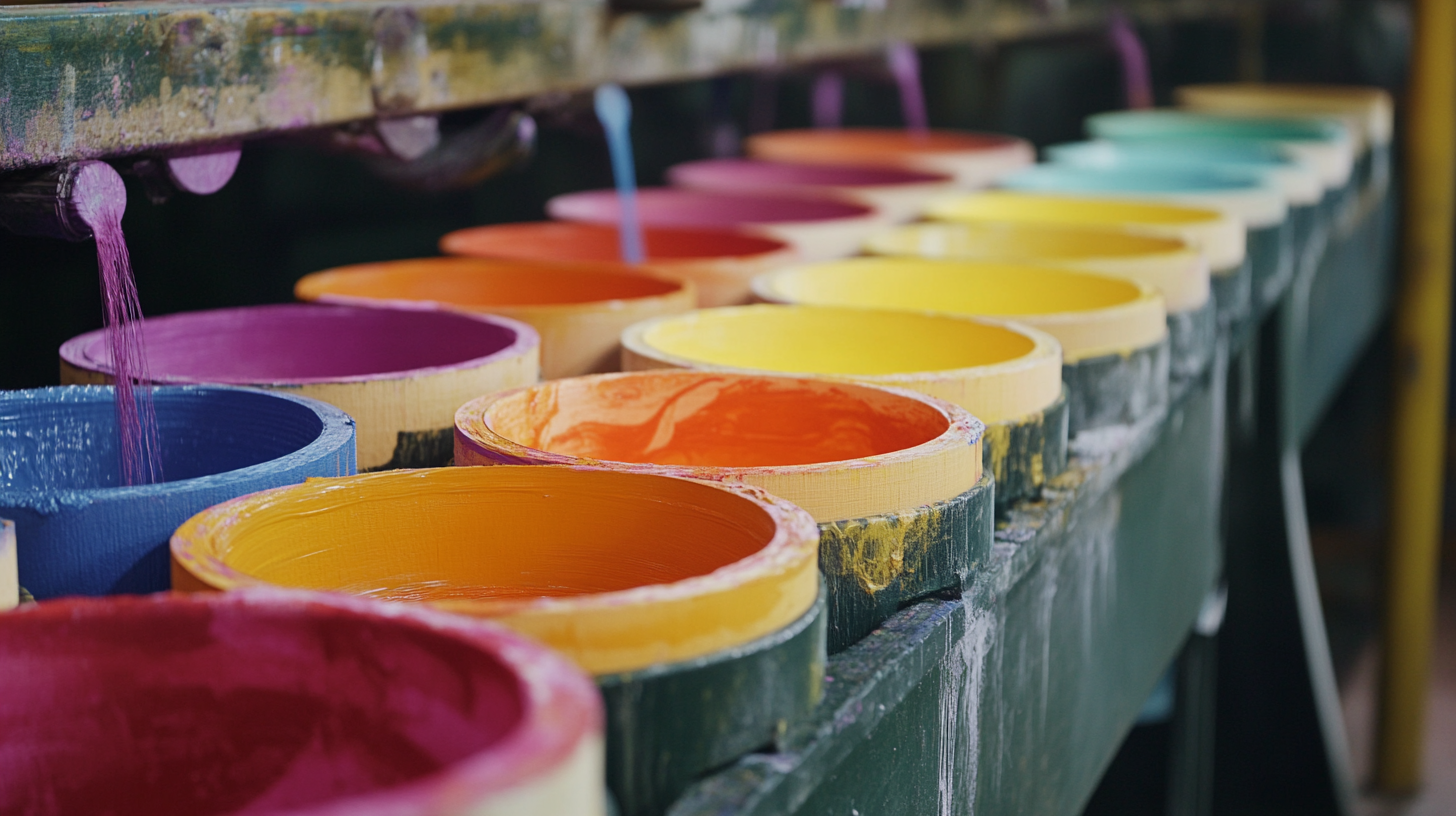
As the dyestuff industry evolves, sustainability emerges as a focal point for its future. According to a report by the Global Sustainable Textile Coalition, approximately 70% of water pollution in the textile industry can be traced back to dyeing processes. This stark statistic highlights the urgent need for the adoption of sustainable practices that not only minimize environmental impact but also cater to the growing consumer demand for eco-friendly products.
To address these challenges, many companies are investing in innovative dyeing technologies. The use of bio-based dyes derived from natural sources has gained traction, providing a greener alternative to conventional synthetic dyes. The market for natural dyes is expected to grow at a CAGR of 9.5% from 2022 to 2030, as noted in a report by Market Research Future. Brands are increasingly turning to these sustainable options to align with eco-conscious consumer preferences while reducing their carbon footprint.
Additionally, waterless dyeing techniques and closed-loop systems are becoming more prevalent. According to a report by Allied Market Research, implementing such technologies can lead to water savings of up to 90%. These advancements not only address environmental concerns but also enhance operational efficiency, positioning companies for long-term success in a competitive market. As the industry transitions toward sustainability, it is clear that embracing these practices will not only benefit the planet but also contribute to the resilience and profitability of businesses within the dyestuff sector.
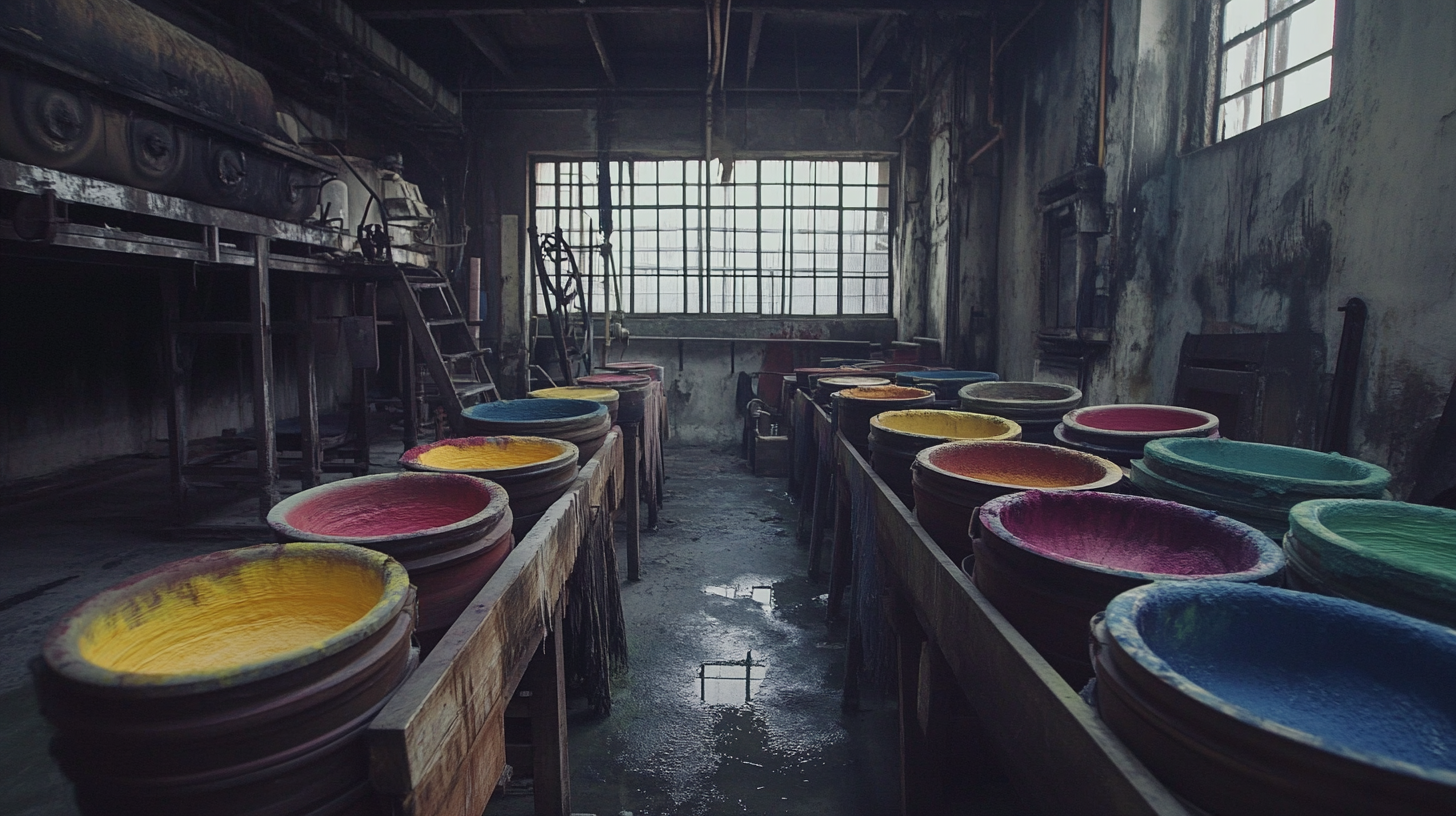
Navigating regulatory challenges in dyestuff manufacturing is critical for businesses looking to thrive in this competitive industry. As per a report by Markets and Markets, the global dye market is projected to reach USD 20.5 billion by 2025, driven by increasing demand in textiles and other applications. However, the complexity of regulations governing chemical usage poses significant hurdles for manufacturers. Compliance with regulations such as REACH in Europe and TSCA in the United States requires manufacturers to invest considerable time and resources.
The dyestuff industry is witnessing intensified scrutiny over environmental and health impacts. A recent study highlighted that 40% of respondents reported challenges in adhering to evolving regulations concerning hazardous substances. With the European Union pushing for stricter regulations on the use of certain azo dyes, manufacturers must stay updated on regulatory changes to avoid fines and market setbacks. Implementing proactive compliance strategies can not only mitigate risks but also enhance a company’s reputation in an increasingly eco-conscious marketplace.
Moreover, the regulatory landscape is not just a hurdle; it also presents opportunities. Companies investing in sustainable practices and eco-friendly dye formulations are gaining a competitive edge. According to the Textile Exchange, the market for organic dyes is expected to grow at a CAGR of 8% over the next five years. By aligning product development with regulatory trends, manufacturers can position themselves as leaders in sustainability, ultimately driving innovation while ensuring compliance.
In the dyestuff industry, building strong supply chains is paramount for ensuring efficiency and sustainability. A well-structured supply chain allows organizations to respond swiftly to market demands, capitalize on emerging trends, and maintain a competitive edge. One of the key strategies for success in dyestuff distribution is fostering close relationships with suppliers. By collaborating closely with raw material providers, companies can ensure timely deliveries, negotiate better pricing, and secure high-quality inputs that meet their rigorous standards.
Another critical aspect of a strong supply chain is the adoption of advanced technologies. Implementing integrated supply chain management systems can streamline operations, enhance communication, and provide real-time insights into inventory levels and production schedules. Technology such as blockchain can also offer transparency in sourcing and logistics, reassuring customers about the ethical and environmental practices involved in the production of dyes. These innovations not only improve operational efficiency but also help in building trust with clients who are increasingly conscious of sustainability.
Moreover, diversification in sourcing can mitigate risks associated with supply chain disruptions. By establishing a multi-supplier strategy, companies can better handle fluctuations in availability and costs, ensuring that production remains uninterrupted. This resilience becomes vital, especially during times of geopolitical instability or natural disasters. In combining robust supplier relationships with technological advancements and a diversified sourcing approach, businesses in the dyestuff industry can thrive even in the face of challenges, positioning themselves for long-term success.
